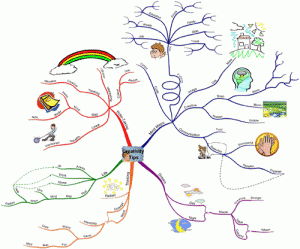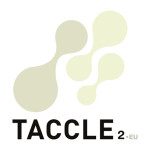 Another idea from Carine in belgium which helps children reflect on a story and learn how a story is structured.
Another idea from Carine in belgium which helps children reflect on a story and learn how a story is structured.
Start by telling the children a story. After you have finished make a mind map on the interactive whiteboard. Start with a branch ‘WHO’ and let the children add branches for the different characters. Let them tell you as much as they remember about each one and add it to the mind map. Then add other branches such as ‘WHERE’ or ‘PROBLEMS’ and ‘SOLUTIONS’ and do the same thing.
Once they have got the hang of it, older children could use a computer to make their own mind maps of stories they have read.
Mindmapping stories is an activity you can do with children of all ages. If you don’t have an interactive whiteboard, then you can use large sheets of paper and photograph them.
Keeping a file of mind maps that you or your pupils have made is a valuable classroom resource which children can look up to remind them about a particular book.
This is also available as a full lesson




 English
English Nederlands
Nederlands Deutsch
Deutsch Italiano
Italiano Español
Español Português
Português Română
Română Cymraeg
Cymraeg
A School from Genk
Because I have children in primary myself who use mindmapping but experience problems, I wanted to try this out in my job as pre-school teacher with my toddlers. During the first attempt I used a data projector but this was rather a dissapointment. The chlidren lost interest very soon. When I discussed this with the teacher from primary, we agreed to try it again using her digiboard (interactive whiteboard). In this way I also learned to use mindomo, a very use friendly on-line tool enabling searching images on the internet and pasting them straight in the mindmap
Still, summarising a story remained quite difficult. I do use mindmapping now to develop a theme. What do we already know about a subject and what do we still want to learn? This appeals to the children. I hope to get a digiboard myself very soon.